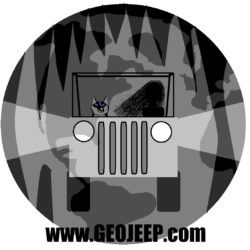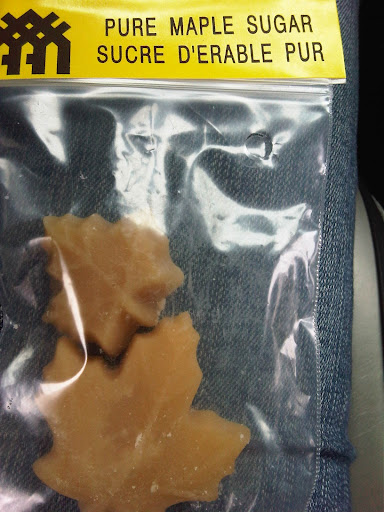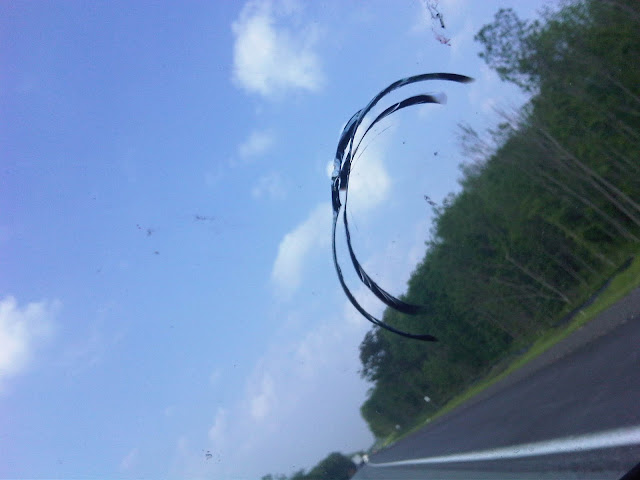All over the world children watch their Disney movies and visions of theme parks dance in their heads. Bicyclers dream of the Tour de France, gamblers dream of Las Vegas, and mountain climbers dream of Mount Everest. Mammoth Cave of Kentucky is a lot like the Disney World of the caver. The longest cave in the world, and numerous books and stories of the exploration of the never-ending Mammoth Caverns has kept many cavers dreaming of the underworld.
Today I awoke in Lexington, Kentucky to tour the University of Kentucky, my 3rd stop in my list of potential graduate schools to visit. The University is conveniently located in the midst of Kentucky karst, the library (which holds the record for the largest book endowment of all public universities in the nation) even sits atop two sinkholes which required special foundation design so that it could achieve the feat. The U of K seems to be the perfect size: being both large enough to offer ample facilities (and has a growing geology department), yet small enough that the graduate program still affords a family-like atmosphere. Everyone was friendly, and caving is a serious sport in the area.
I ate dinner the night before at Thai Orchid Cafe, where I enjoyed some very yummy peanut chicken. I chose the restaurant because of it’s decoration: orchids galore. It made me feel a little homesick for my own orchids that I have left in the care of my loving sister back home in Missouri. I enjoyed lunch today with some of the geology graduate students where I was able to get a true sense of what the campus was like, and tips on what to look for when seeking a graduate school. I love this opportunity because it gives me the chance to find out what graduate students wish they knew before they entered graduate school and gives me a lot to think about. All in all, I loved the University of Kentucky. Even the quirky robots that make deliveries in the medical building, where the cafeteria is located.

After my pleasant visit with the University of Kentucky I headed towards my theme park: The Mammoth Cave National Park. It was a palatable drive from Lexington, and has some great camping facilities (even if you do have to use those silly little tokens to take a shower, each token costs about $2.50 and lasts 10 minutes). The camp store is well stocked, both with products and helpful staff, and located a short walk from the camp. Everything is located within a short walk from the campsite. In fact, once I parked my Jeep at the campsite when I arrived, it didn’t move until two days later when I left the area.
Arriving later in the afternoon, I had time to take a shorter tour and, planning on taking the long tour the next day that encompassed almost every other tour (exempting the Wild cave tour) I was left with the Mammoth Passages tour. The tour enters through a natural entrance (a short walk from the visitor center, which for me included an encounter with a 2′ copperhead that decided to wander into the trail. The guide expertly kept the snake to the side with his hat after I pointed the snake out, and had everyone walk around before allowing the snake to continue across the walking path).
The Mammoth Passages tour shows you what a majority of the longest cave in the world looks like: Huge, oval shaped passages with no speleothem development. The caves were named for this feature, having passages of an abnormally large size. While the cave is lacking in speleothem development, it makes up for in size many times over. It was used, as many caves are, by the natives between 4000 and 2000 years ago, when they left moccasins and other indications of human activity. Later the cave was used as a Salt-Petre mine during the war of 1812, over 400,000 lbs of calcium nitrate being extracted from the cave. After the war it had many uses such as a tuberculosis quarantine area, a church, a mushroom farm, and of course tourism, of which it is still used for today.
I found the tour guide, as with most of the National Park run caves, to be very informative and fairly accurate in their description of the geology and the history. The kind of tour I appreciate, not only for my own knowledge, but for the education of the general public who are often mislead by private cave tour guides who are encouraged to elaborate upon their stories. My guide today was wonderful, a man who only works during the summer as he is retired.
Afterward I enjoyed a fried chicken dinner (it seemed appropriate for Kentucky) at the Mammoth Cave Hotel Restaurant, which included biscuits with black cherry preserves. Everything was wonderful, the biscuits with preserves so exceptionally good that I could have made a meal out of them alone. The prices weren’t bad either, comparable to your local Applebees price point. The campsite was large and amenable, and everyone I met on staff was helpful and friendly.

Tomorrow I will be spending more time in my “Disney Land”. While I do prefer to focus on speleothem development and this cave has very little it is certainly a big playground for the caver side of me. Besides, it is important to understand what features cause a cavern to lack speleothem development to further the understanding of what causes speleothem density in other caverns.
Tomorrow I will be hiking for 4.5 hours, underground, on the Grand Avenue tour that takes me through 4 miles of underground bliss, and shows me the three different “faces” that Mammoth Cave has to offer. I’ll let you know how it went tomorrow.
Until then-
Nicole













